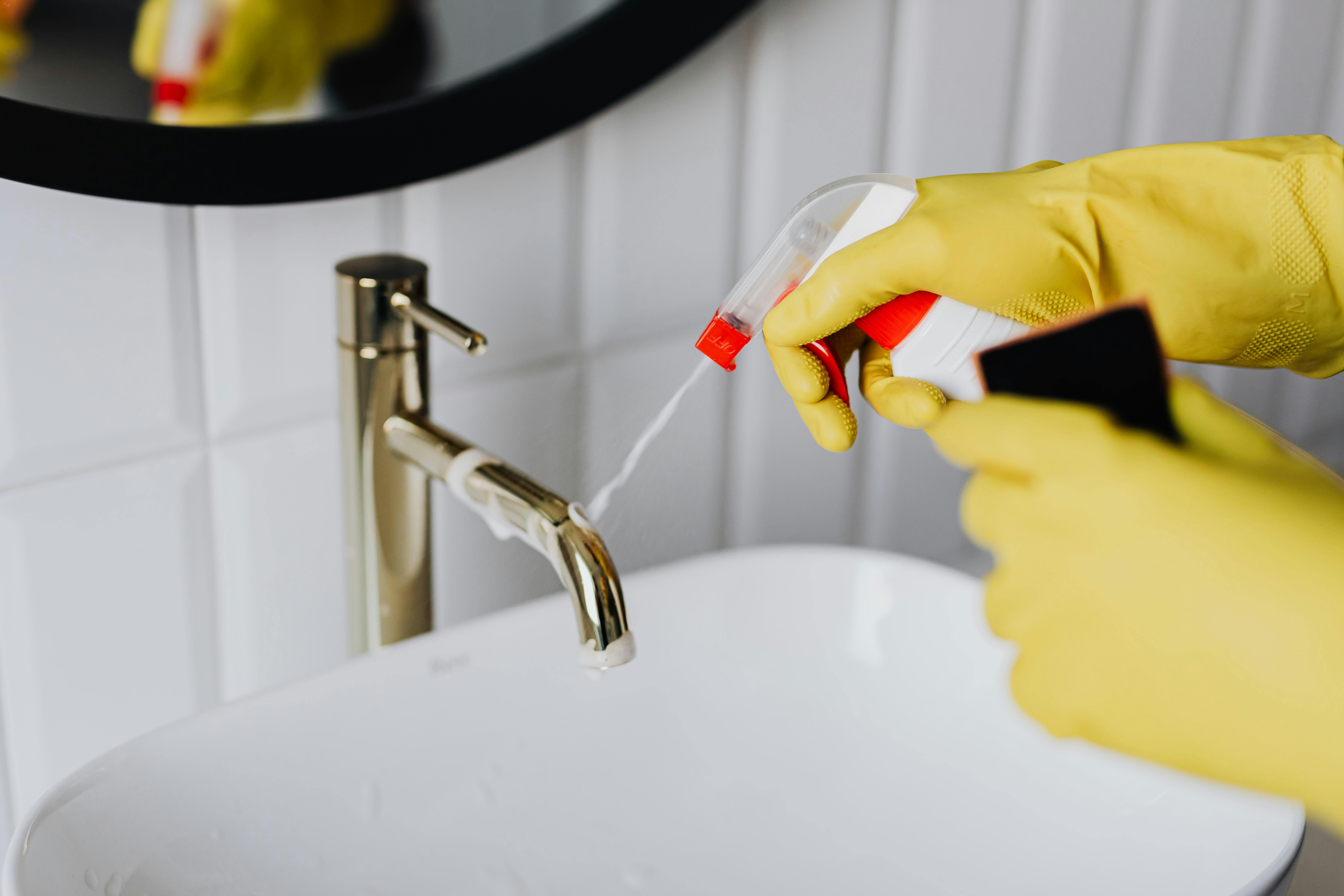
5 Hidden Dangers Of Environmental Toxins And How To Avoid Them
Many people think of toxins as obvious dangers like chemical spills or polluted air, but hidden risks often surround us in less noticeable ways. Everyday life brings us into contact with substances in household products, tap water, groceries, and even the items we use for personal care. Identifying these concealed hazards can make a real difference in your well-being by helping you take control of what enters your environment. This guide highlights five common but often overlooked sources of exposure and provides straightforward actions that you can take to make your daily routine safer and healthier.
Advertisement
Unseen Danger #1: Indoor Air Pollutants
Indoor air can carry more toxins than outdoor air. The EPA reports indoor levels for some pollutants reach two to five times what you’d find outside. Dust mites, mold spores and volatile organic compounds (VOCs) build up in closed rooms, causing headaches, allergies and fatigue.
- Off-gassing from furniture (pressed wood, new carpet)
- Cleaning sprays and scented candles
- Pet dander and dust mites
- Kitchen smoke and gas stoves
- Humidity-fueled mold growth
Begin by increasing ventilation: open windows for 10 minutes daily. Replace chemical cleaners with mild, plant-based alternatives. Use an air purifier with a HEPA filter in rooms with high activity. Keep indoor humidity between 30–50% to prevent mold and dust mites.
Unseen Danger #2: Contaminated Water Sources
Even municipal supplies can contain lead, chlorine byproducts or industrial runoff. Private wells face risks from agricultural pesticides and naturally occurring minerals. Long-term exposure to these substances raises the risk of kidney issues, developmental delays and certain cancers.
- Test water yearly through a certified lab. Check for lead, arsenic and nitrates.
- Install a point-of-use filter under the sink or on the faucet. Select systems certified by NSF/ANSI standards.
- Change filters according to the manufacturer's instructions, usually every 3–6 months.
- Run cold water for 30 seconds before use. Hot water pulls more metals from pipes.
- Think about installing a whole-house filtration system if tests show widespread problems in your area.
Keep a record of test results and filter replacements. If your home has old pipes, plan for complete repiping or replacing lead lines specifically.
Unseen Danger #3: Household Cleaning Agents
Many store-bought cleaners contain strong chemicals. Ammonia, bleach and quaternary ammonium compounds kill germs but can irritate skin, eyes and breathing passages. When you mix them accidentally—like bleach and vinegar—they release toxic chlorine gas.
Switch to simple homemade mixes. Combine vinegar, water and a small amount of liquid soap to clean most surfaces. For tougher stains, sprinkle baking soda on spills and scrub with a damp cloth. Always wear gloves when handling concentrated products like Clorox bleach, and open a window to let fumes escape.
Unseen Danger #4: Pesticide Residues in Food
Conventional produce often contains small traces of pesticides. The Environmental Working Group highlights strawberries, apples and bell peppers as the highest-risk items. Regular contact with these chemicals links to hormone disruption and neurological issues in vulnerable groups.
Choose organic options for the most contaminated produce. For other fruits and vegetables, wash thoroughly under running water and scrub with a stiff brush on firm skins. Peeling can remove residues but also strips away fiber and nutrients. Freeze berries and leafy greens to buy organic during the off-season at lower prices.
Unseen Danger #5: Chemical Additives in Personal Care Products
Think carefully before using products containing phthalates, parabens or synthetic fragrances. These ingredients can disturb hormones and cause skin irritation. Some parabens have been found in breast tissue, indicating the body absorbs and retains them over time.
Read labels carefully and look for key phrases like “fragrance,” “parfum,” or “methylparaben.” Choose products marked as certified by independent organizations such as EWG Verified or NSF/ANSI 305. Use multi-purpose bars for shampoo and body wash to reduce plastic waste, cost and ingredient lists.
Being aware of these issues can improve your health. Follow these tips to reduce hidden toxins in your environment and routines. Start today for a safer, cleaner space.
Advertisement